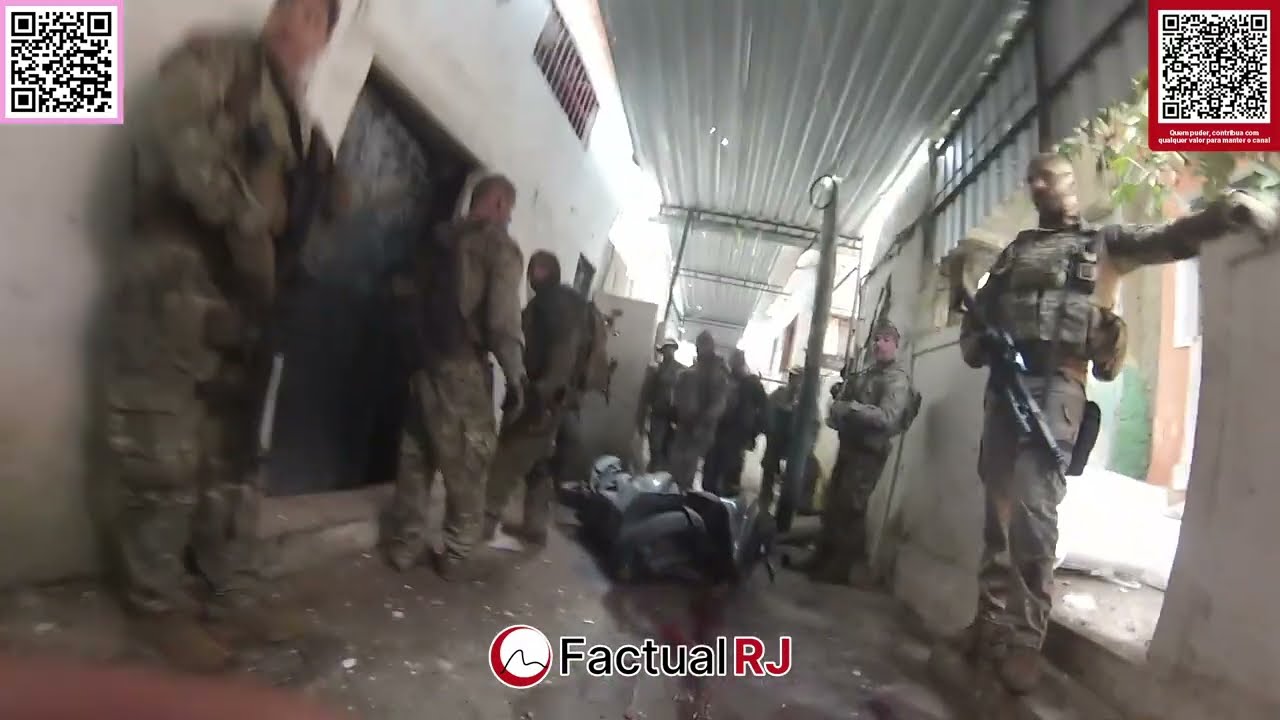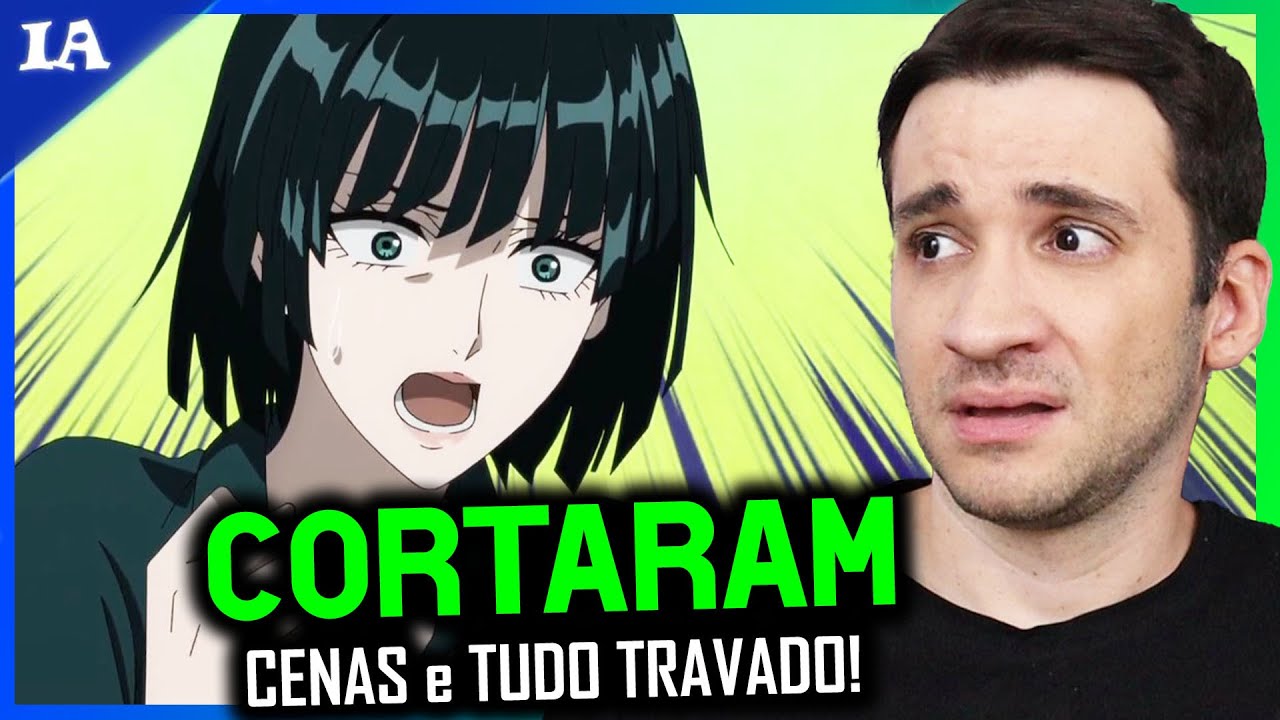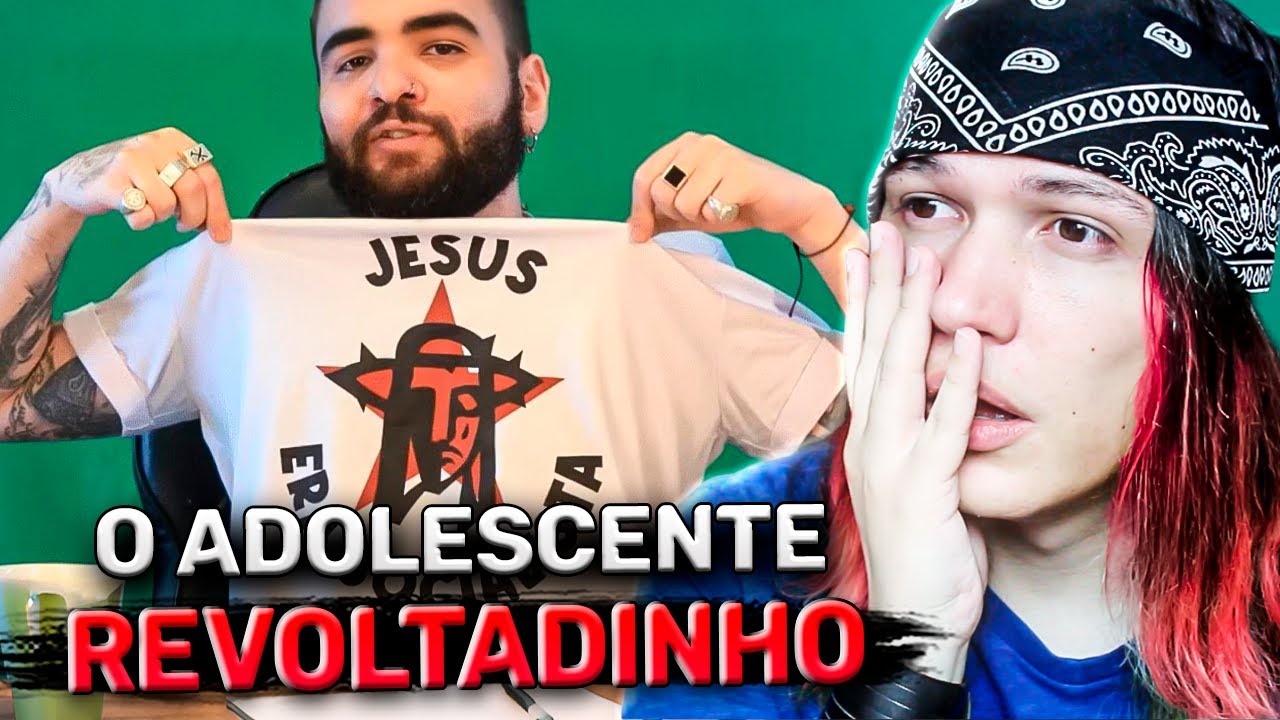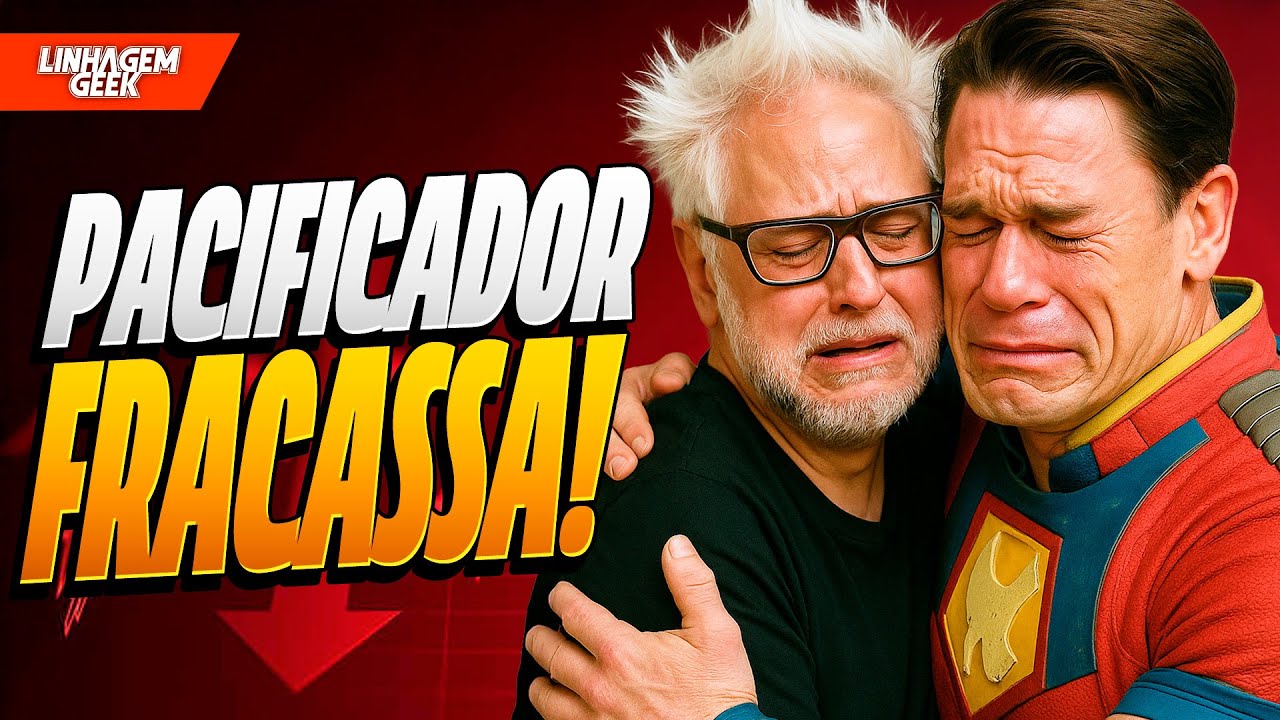SE PODE VISITAR O CALVÁRIO? Especial de Páscoa Israel com Aline
0Shalom and welcome back to ‘Israel with Aline!’ We continue in our special Easter miniseries, and today we are going to follow the footsteps of Jesus on his way carrying the cross, the Via Dolorosa, and arrive at Golgotha, Calvary which is next to the Garden of the Tomb and the empty tomb of Jesus. But did you know that Christians today are not allowed to enter Calvary? We are going to talk about this complicated situation today in the video, but I wanted to invite our very special guest here on the channel! [Jorge] I am no longer a guest, my child, I am like you, a student, only present in class! So if you’re ready, let’s get started! If we arrived here in Jesus’ time, what would we see? We would see a colossal Fortress built by King Herod the Great around the year 30 B.C. And right inside this Fortress is where Pontius Pilate, the Roman Governor was. And Jesus will be brought here and here the trial will take place, and we know what the verdict will be: Jesus will be condemned to death, the most painful death that existed in the Roman Empire death by crucifixion. So here begins the Via Dolorosa, the way of Jesus’ suffering. And you can see that there is a church here, and at the entrance of the church we can see an arch shaped like a crown of thorns. And now we are going to go in together and see the place of the scourging. “Then Pilate took Jesus and had him flogged. The soldiers twisted together a crown of thorns and put it on his head. They clothed him in a purple robe and went up to him again and again, saying, “Hail, king of the Jews!” And they slapped him in the face.” John19: 1-3 Pontius Pilate sent many people to death by crucifixion, but he wanted to cause even greater suffering to Jesus, he wanted to differentiate Jesus’ death from the death of others. Remember that when Jesus was crucified there were at least two other people there being crucified as well. So he adds elements to Jesus’ suffering; the crown of thorns that we have already mentioned, the purple robe and also he is going to make Jesus carry part of his Cross from here to Calvary. [Jorge] So now let’s do this walk to Golgotha, which is less than 1 mile. And we are going to see what this path looks like today, but we are also going to go underground and see what it looked like in Jesus’ time, let’s go! So now we begin the same path that Jesus took carrying the cross. This video is part of our Easter mini-series, in the previous episodes we did the steps of Jesus at the Triumphal Entry, the site of the Last Supper, Gethsemane and the place of Jesus’ arrest. I will leave the link above for those who want to watch the previous episodes as well. But now we are going to do something amazing together; we are going to enter this building and go underground to see the remains of the Antonia Fortress and the streets of Jesus’ time! The city of Jerusalem has been destroyed and rebuilt over twenty times and each time it is destroyed a new layer is formed, imagine the city as literally “a layer cake”, so the layer that we were walking on up there is from today and that’s why we went down all these stairs to get here, now we are walking on the original level of Jesus’ time. And I want to show you now actually the remains of the Antonia Fortress, come on. Guys, this floor that we are walking on is original from Jesus’ time! It is literally part of the Fortress of Antonia, there is a good chance that Jesus walked right here, where we are walking. [Jorge] And you’ll have to excuse me because I am like this, cautious because at that time the average height of people was lower, so we have to be careful not to hit our heads on the ceilings. Yes, I don’t have this problem that my father has, but I mean that we can really see the age of this place, but talking about the floor, I want to show you this: this is very important in Biblical history, this circle drawn on the ground was made by Roman soldiers, imagine this Fortress full of soldiers! And most of the time they were bored, so they drew on the floor some kind of board, this here is a board from a little more than two thousand years ago and they played here. And we also remember that the Roman soldiers are going to be the ones who bring Jesus here, they’re going to be the ones who humiliate Jesus and also they’re going to be the ones who will then draw the garments for Jesus and that’s why this drawing is so closely related to what Jesus is going to suffer here at the hand of the Roman soldiers. Look how interesting it is, this round stone here, it is from the 70’s after Christ but it is related to him. Do you remember the video we talked about of the Triumphal Entry of Jesus and that on his way down to Jerusalem he predicted the destruction of the city? This stone is part of the destruction of Jerusalem. In the year 66, the Jews began the great Jewish rebellion against the Romans and as punishment in the year 70, the Romans destroyed the city of Jerusalem and the Temple. And this stone, it was used in a catapult and thrown against Jerusalem. So literally we are seeing one of the stones that caused the destruction of the city that Jesus had already predicted a few years earlier. Now let’s go back to today’s street level and continue walking along the Via Dolorosa. This arch is called “Ecce Homo”, and up to here it reached the Fortress of Antonia, and from this location Jesus carries the cross through the streets of Jerusalem. And now we are reaching the crucial moment of our walk where the path divides, how so? There is only one Via Dolorosa, it begins at the place of Jesus’ trial and everyone agrees where it happened, at the Antonia Fortress where we just saw it. And everybody agrees that it ends at Calvary and the empty tomb, but there are two places where it is possibly Calvary; one of them goes this way and it goes towards the Church of the Holy Sepulcher and the second way goes this way towards the Garden of the Tomb. [Jorge] So we’re going to the Garden of the tomb Aline?! Exactly, so we are going together now to Golgotha which is next to the Garden of the tomb, let’s go! We showed last Sunday the other way and the Church of the Holy Sepulcher, I will leave here above the link for you to the other video. For us it is important to show you both places so that you can see with your own eyes and for everyone to draw their own conclusions. See that a lot has changed on this part of the Via Dolorosa, and today it passes through the Muslim Quarter of the Old City of Jerusalem. [Jorge] You see, it is not so much the distance of less than one mile, but the climbing is very steep terrain, which makes fatigue important on this walk. And there is another important issue, sometimes people are surprised because here on the Via Dolorosa there is a huge market like this and they expect it to have an open road where Jesus went through, no. Just as you can see there are people passing by, commerce, mess going on. Pontius Pilate when he orders Jesus to carry the Cross through the streets of the city, he does it through busy streets. [Jorge] He did this on purpose, yes he did, exactly. [Jorge] To expose him, isn’t it? Exactly, the idea is to expose, to show and not only humiliate him, but that more people see his humiliation in the streets of Jerusalem. [Jorge] To see his suffering. Exactly so today of course, it’s a different market but it’s also a busy area as it was back then. And even more so now at this time that we are in, which is Ramadan for the Muslims, and the Jewish Passover will start soon, and also the Christian Easter. So everything together makes this already busy area even busier. Here in front we already see the Damascus Gate and through it we will pass. And the name of the gate is because from here was the road to the biblical city of Damascus, which was already very important at that time. As you have just seen, we have left from inside the Damascus Gate and are outside the walls, and this is very important because we know that Jesus was crucified outside the walls of Jerusalem. But some of you may tell me “Aline these walls are not from Jesus’ time, they are only 500 years old.” How do we know that we are outside the walls also from the time of Jesus? And for that we look down here and we see a little gate, this gate is part of a Triumphal gate, a triple gate. As you can see it is much lower and as we said before, the lower is the older. This gate is from the year 130 AD, which means that the city reached this far back then. And so in Jesus’ time, in the year 33 the city certainly did not go beyond here either. So we are outside the walls of Jerusalem today, but also outside the walls of Jesus’ time. Let us continue our walk and we are already very close to Golgotha. You can see this sign that says “The Garden Tomb”. And going in you can actually see a garden; two thousand years ago this was the garden of Joseph of Arimathea which was actually an agricultural area and inside it a new tomb. And now we go to the end of the garden and here we can already see Calvary in the background. Here behind me you see Golgotha which means Calvary or skull, you can clearly see there are two holes and a part that looks like a nose that collapsed some years ago, you will also see now the old pictures of what this place looked like. And according to local Protestant Christian tradition, this is where Jesus was crucified. It was not on a huge mountain like we see in the movies but on a relatively low hill, the idea was to use a place that would draw attention so that again, as many people as possible would see the suffering of Jesus and the other people that were crucified here. This location you can also see that it is cut off, this mountain continued in that direction and it originally spliced with Mount Moriah, this location physically has a connection to Mount Moriah which is the place where Abraham went to make the near sacrifice of his son Isaac. So we see the physical and spiritual connection of Abraham going to sacrifice his son Isaac of Jesus’ sacrifice on the cross. Also, this location fits the Biblical description very well of Jesus’ last moments. And we know that after Jesus was crucified, he was taken to the empty tomb inside the garden of Joseph of Arimathea. And right next door is the Garden of the Tomb with the empty tomb that we will see in the last chapter of our mini-series, which will happen on Easter Sunday and we will enter together in the empty tomb of Jesus. But as I am telling you about Calvary from here, why don’t I get closer to it, what is stopping me from getting to Calvary? If we look down here, there is a bus station. Yes, Calvary is blocked by an Arab bus station. What happens, the Christians when they arrive here in the 19th century, they look for the holy places and start buying the land. One of them they bought in the 19th century, you can even hear the noise of the buses backing up now, I apologize. But here in the 19th century they managed to buy all this area of the garden of Joseph of Arimathea and the Empty Sepulcher, but this area here they cannot buy. Although as we can see from the old pictures, this place for a long time had nothing but the Muslims when they understood the importance of this place for the Christians, they decided as a matter of religious policy not to sell the land and they built this bus station here. So we can’t physically get there, first because the buses are blocking it, but even if we could avoid the buses, they put there you can see the metal, they put it there, grids and also dirt unfortunately. So we can’t get there to see and to touch the place. So this is the sad reality of what happens here nowadays, that politics ends up preventing the freedom of religion for everyone. And so, unfortunately, a place as important as Calvary is not accessible. And that is why I read your comments here on the channel and how many times you have written asking me to show you the Calvary, and for a long time I have shown it to you from here, a little bit. Now they have renovated it, and you can even see it a little better. And I don’t want to get into the whole political issue, but I decided at Easter that it is important that we know the total reality of this place and who knows, maybe one day in the future this reality will change, but for now we can come to this place and see the Calvary from here. But unfortunately the Arabs don’t want to sell the land and don’t allow access to Christians. And what will the government do? The State of Israel cannot expropriate this land without causing a big local conflict. And so the situation is as we are seeing now. The subject of today’s video was really heavy and complicated also in biblical times and nowadays, but we wanted to show you the reality of what happens here today. But mainly we want to wish all of you from Brazil, Portugal, Angola, Mozambique, and the whole world that is watching us a Happy Easter! [Jorge] I also want to wish you all a happy and blessed Easter in 2022! A big hug from Jerusalem and see you here every Wednesday and Sunday, our best regards and shalom!







